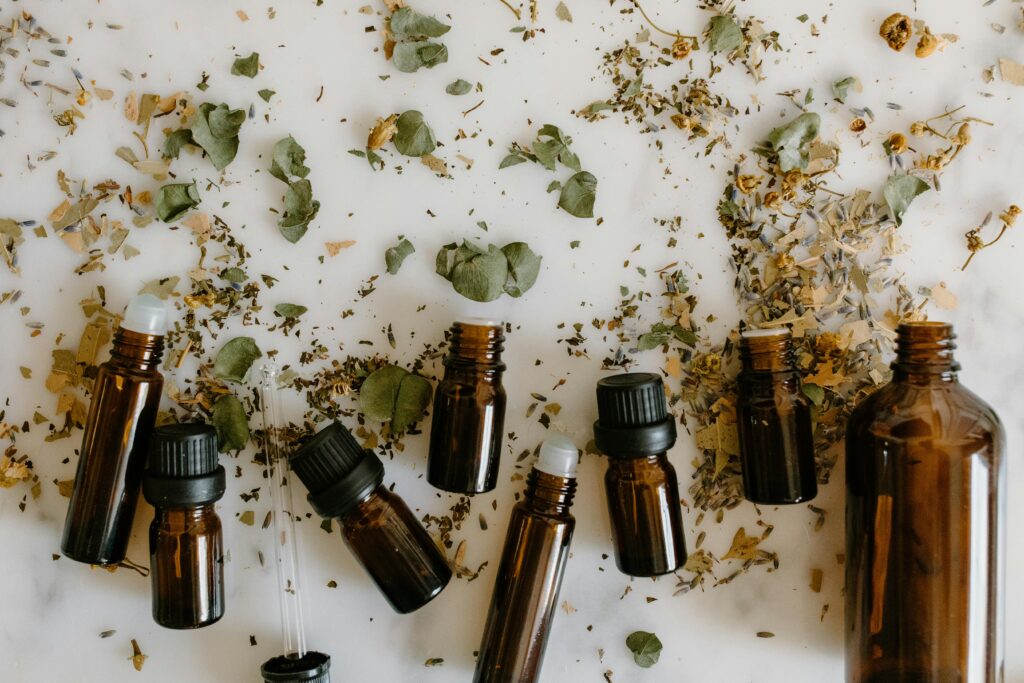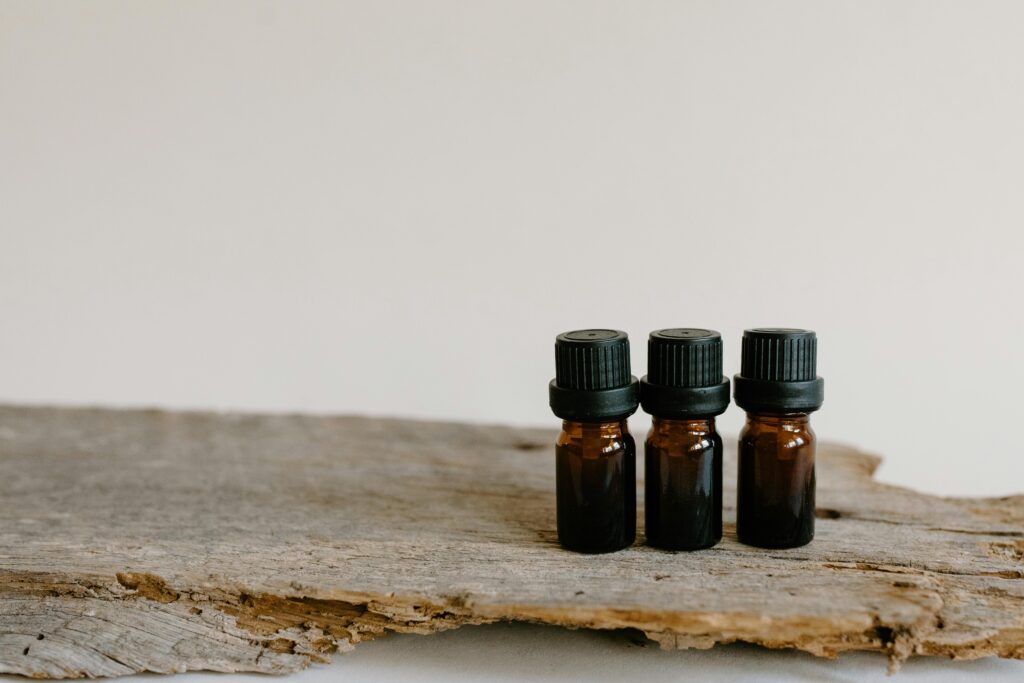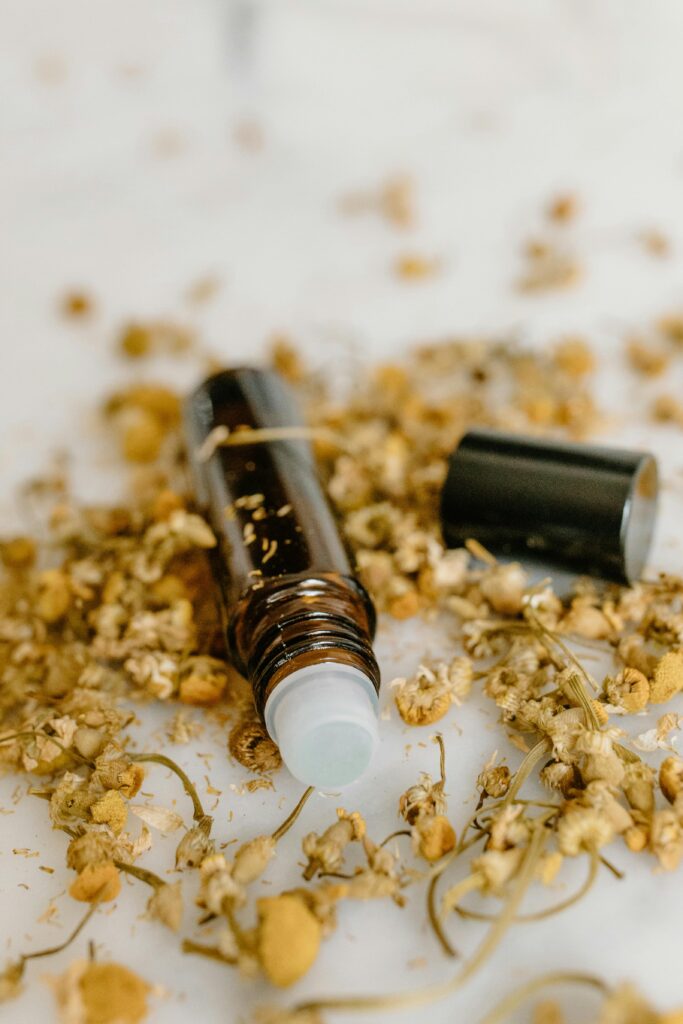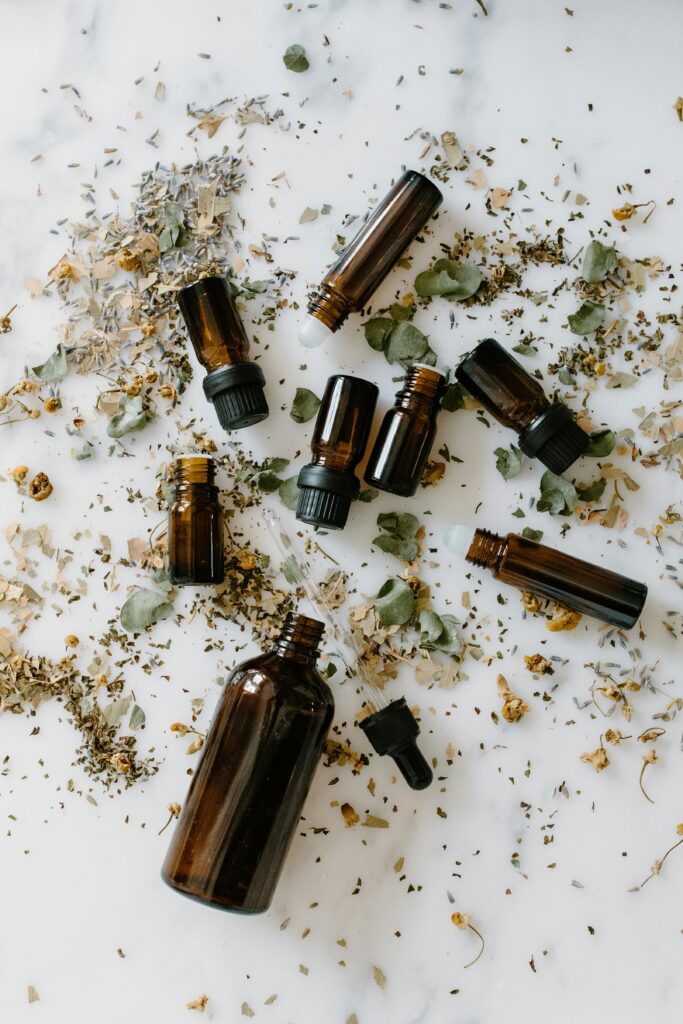Peppermint essential oil is one of the most popular and versatile essential oils in the world. Extracted from the peppermint plant (Mentha × piperita), this refreshing oil has been used for centuries in traditional medicine, aromatherapy, and natural remedies. Known for its cooling sensation and invigorating aroma, peppermint oil has a wide range of health and wellness benefits.
From soothing headaches and improving digestion to boosting energy and supporting respiratory health, peppermint essential oil deserves a place in every natural health enthusiast’s collection. In this article, we’ll explore the top benefits of peppermint essential oil, how to use it safely, and why it has become a must-have for natural wellness.

What Is Peppermint Essential Oil?
Peppermint essential oil is extracted through steam distillation from the leaves of the peppermint plant, which is a hybrid of watermint and spearmint. It contains high concentrations of menthol and menthone, compounds responsible for its distinct cooling and soothing properties.
This oil has been used for centuries in cultures around the world for its medicinal, culinary, and aromatic applications. Today, it’s widely recognized in both holistic practices and modern science for its effectiveness.
Key Benefits of Peppermint Essential Oil
1. Relieves Headaches and Migraines
One of the most well-known benefits of peppermint oil is its ability to reduce headaches. Applying diluted peppermint oil to the temples and forehead can create a cooling effect, relax muscles, and improve blood circulation, all of which may ease tension headaches. Studies suggest peppermint oil can be as effective as over-the-counter pain relief for mild headaches.
2. Boosts Energy and Improves Focus
Feeling tired or mentally foggy? Inhaling peppermint essential oil has been shown to increase alertness, enhance focus, and reduce fatigue. This makes it a natural alternative to energy drinks or excessive caffeine. Many people keep a small bottle at their desk or in their car for a quick midday boost.
3. Supports Digestive Health
Peppermint oil has been traditionally used to relieve digestive issues such as bloating, gas, and indigestion. Its natural antispasmodic properties help relax the muscles of the gastrointestinal tract, which can ease discomfort. Some studies even suggest peppermint oil capsules may help manage symptoms of irritable bowel syndrome (IBS).
4. Promotes Respiratory Health
The menthol in peppermint essential oil has a soothing effect on the respiratory system. Inhaling peppermint oil vapor may help open airways, relieve congestion, and ease breathing during colds or seasonal allergies. It’s often used in natural vapor rubs and steam inhalation therapies.
5. Soothes Muscle Aches and Joint Pain
Thanks to its cooling and anti-inflammatory properties, peppermint oil can provide relief for sore muscles and stiff joints. When diluted with a carrier oil and massaged into the skin, it creates a refreshing sensation that may reduce discomfort after exercise or physical activity.
6. Freshens Breath and Supports Oral Health
Peppermint has long been used in toothpaste and mouthwash for its ability to freshen breath and fight bacteria. Peppermint essential oil offers similar benefits, helping to maintain oral hygiene and a clean, refreshing taste.
7. Natural Insect Repellent
The strong aroma of peppermint oil naturally repels insects like mosquitoes, ants, and spiders. A diluted spray can be applied around the home or directly on the skin as a chemical-free alternative to synthetic repellents.
8. Improves Mood and Reduces Stress
Aromatherapy with peppermint oil can have a positive impact on mood. Its invigorating scent helps reduce feelings of stress, anxiety, and mental fatigue, while promoting clarity and relaxation.

How to Use Peppermint Essential Oil
There are many ways to enjoy the benefits of peppermint oil, but it’s important to use it correctly:
- Aromatherapy: Add a few drops to a diffuser to boost energy and improve focus.
- Topical application: Dilute with a carrier oil (such as coconut or almond oil) before applying to the skin. This method is ideal for headaches, sore muscles, or joint pain.
- Inhalation: Add a drop or two to your palms, rub together, and inhale deeply for instant energy.
- DIY blends: Combine with lavender or eucalyptus oil for relaxation or respiratory support.
⚠️ Note: Peppermint essential oil is very concentrated. Never apply it directly to the skin without dilution, and avoid contact with eyes or sensitive areas.
Safety Considerations
While peppermint oil is generally safe, keep these precautions in mind:
- Not recommended for infants or very young children.
- May cause skin irritation if used undiluted.
- Pregnant or breastfeeding women should consult a healthcare provider before use.
- Ingesting peppermint oil should only be done under professional guidance.
FAQ About Peppermint Essential Oil
1. Can peppermint oil help with nausea?
Yes. Inhaling peppermint essential oil may help reduce nausea, particularly during travel or after surgery.
2. How do I dilute peppermint oil for skin use?
Mix 2–3 drops with a teaspoon of carrier oil before applying to the skin.
3. Is peppermint essential oil safe for pets?
No. Peppermint oil can be toxic to cats and dogs. Keep it out of their reach and avoid diffusing it around them.
4. Can peppermint oil replace medication for headaches or IBS?
Peppermint oil can support symptom relief, but it should not replace prescribed medications. Always consult your doctor before making changes to your treatment.
5. How long does peppermint essential oil last?
If stored properly in a cool, dark place, it can last 2–3 years without losing potency.

Helpful Links for Further Reading
Here are some trusted resources to learn more about peppermint essential oil and its benefits:
Disclaimer
This content is for informational purposes only and does not substitute professional medical advice, diagnosis, or treatment. Always consult a qualified healthcare provider before starting any new wellness practice or using essential oils, especially if you are pregnant, breastfeeding, taking medications, or have underlying health conditions.

